 The planets
The planets
How many planets are there in the Solar System? Do you know their names? Although they were nine for many years, there are currently only eight…
WHAT IS A PLANET?
A planet is a heavenly body that revolves around a star, from which it receives light. In the Solar System that star is the Sun. Planets that revolve around stars other than the Sun are called extrasolar planets. The planets discovered so far have a mass larger than Jupiter’s, the largest planet of the Solar System. The first extrasolar planet was discovered in 1995.
PLANETS OF THE SOLAR SYSTEM
Until August 2006, the Solar System consisted of nine planets. But in 2005, the discovery of Eris, which is another celestial body somewhat bigger than Pluto, made scientists reconsider the definition of a planet of the Solar System. Finally, in August, 2006, the International Astronomy Union established the conditions that must be satisfied for a body to be considered a planet of the Solar System and created a new category of celestial bodies: dwarf planets. Pluto, Eris, and Ceres became part of this category.
Consequently, the Solar System has now eight planets: Mercury, Venus, Earth, Mars, Jupiter, Saturn, Uranus, and Neptune. The masses, temperatures, and compositions of these planets are different.
Mercury orbits the Sun closer than any other planet and is therefore dry and warm. It is believed that that its core is essentially composed of iron, similar to the Earth’s core.
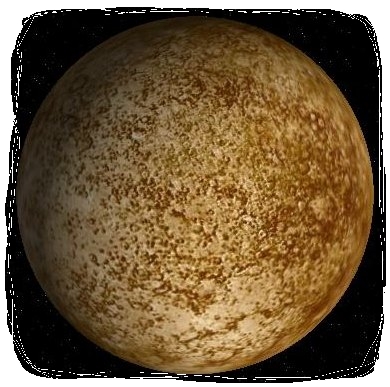
After the Sun and the Moon, Venus is the brightest object in our sky. It can even be seen with the naked eye at certain times of the year, an hour before sunrise or an hour after sunset. With a surface temperature of about 470°C, Venus is the warmest of the planets.

Earth is the only known planet to support life thanks to its oxygen-rich atmosphere, moderate temperatures, abundant water, and a varied chemical composition. The planet is made up of rocks and metals, solid on the outer layer, but melted at the core.
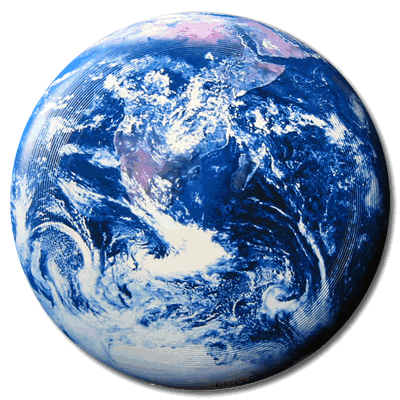
The distinctive characteristic of Mars is its orange color, and it is known as “the red planet”. Due to its thin atmosphere, the temperature varies up to 100°C between day and night. The planet is like a cold desert with deep canyons and valleys and giant volcanoes.
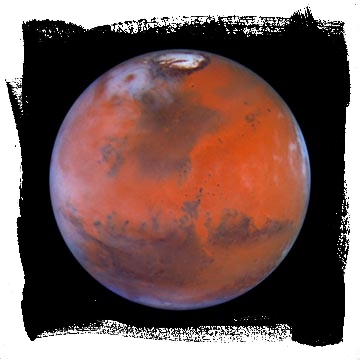
Jupiter is the largest planet of our Solar System; it has 1,400 times the volume of Earth. It is almost entirely made of gas. This is the planet with most satellites revolving around it.
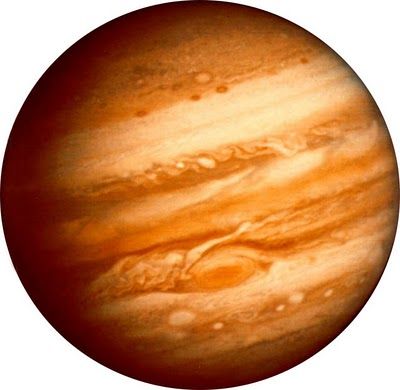
Saturn, known for its rings, is the second largest planet of the Solar System and the least dense of all. The rings are made of dust and ice-covered rocks that orbit the planet. It also has several satellites, of which the largest is Titan. Titan has a dense orange colored haze that hides its surface.
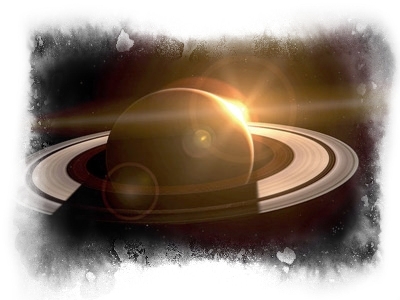
Uranus has rings also, but very dim and darker than the ones around Saturn. Methane, a gas in the cold and bright atmosphere of Uranus, makes it greenish blue. Because of the way in which the planet rotates, each day and each night is 42 years long.
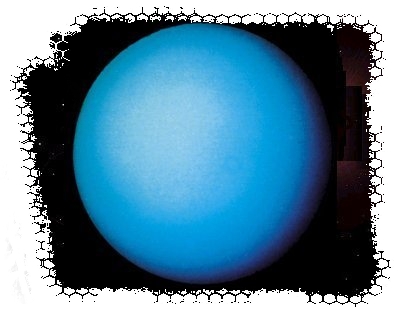
Neptune’s amazing blue color is due to the presence of methane gas in its atmosphere. Violent storms and the strongest winds of the Solar System occur in this planet. It is surrounded by five thin rings and by several satellites; the largest of them being Triton.
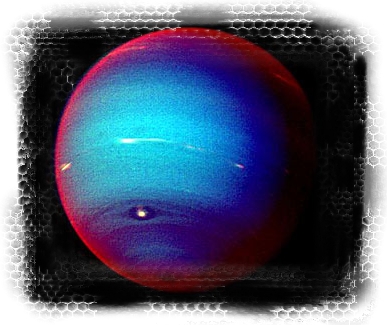

 Links
Links